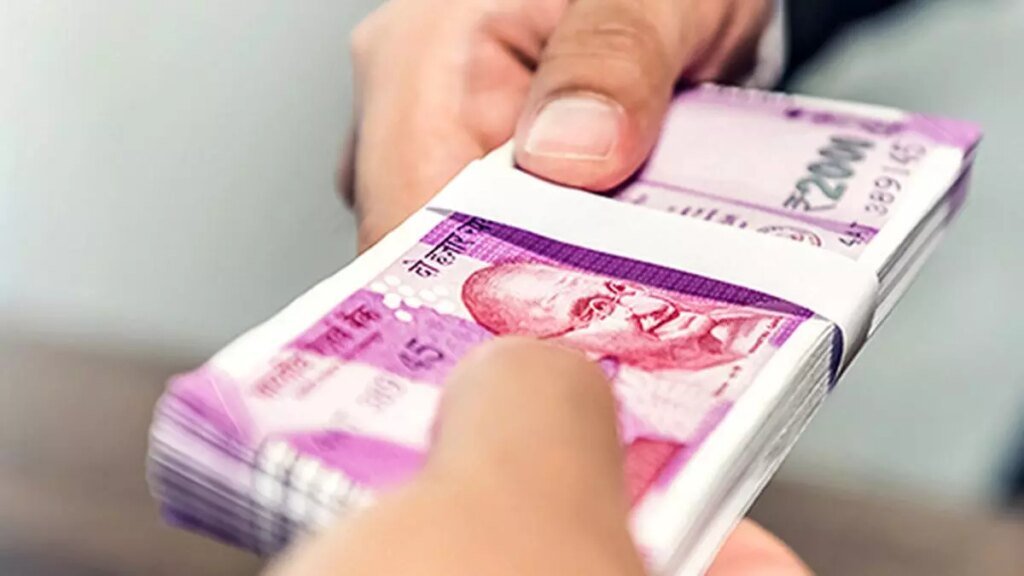
The Indian Rupee (INR) weakened further on Tuesday, opening at 84.7425 per US Dollar (USD) against the previous close of 84.6950, with a host of factors including US President elect Donald Trump’s threat to impose 100 per cent tariffs on imports from BRICS nations. if they develop a common currency, concerns of slowing domestic growth, and FPI related outflows, among others.
The Indian currency, which is currently trading at 84.7550, had plunged to a life-time low on Monday, down about 21 paise at 84.73 per USD.
-
Also read: Brace for a strong dollar in 2025
The central bank is believed to have sold dollars to protect the crucial 84.50 level, but this level was breached as the USD gained strength against global currencies.
Amit Pabari, MD, CR Forex Advisors, observed that Trump’s threat to impose a 100 per cent tariff on BRICS nations, including India, if they pursued plans to develop a common currency to rival the US dollar, amplified negative sentiment surrounding these countries currencies and strengthened the USD, exacerbating the rupee’s decline.
Pabari noted that domestically, weaker economic indicators have compounded the rupee’s woes.
“India’s GDP growth slowed to 5.4 per cent in Q2, marking a two-year low, while inflation surged to 6.21 per cent, diminishing real returns compared to global peers. This unfavorable environment has prompted FIIs to pull out nearly $14 billion from Indian equity markets since October, exerting downward pressure on the rupee,” he said.







